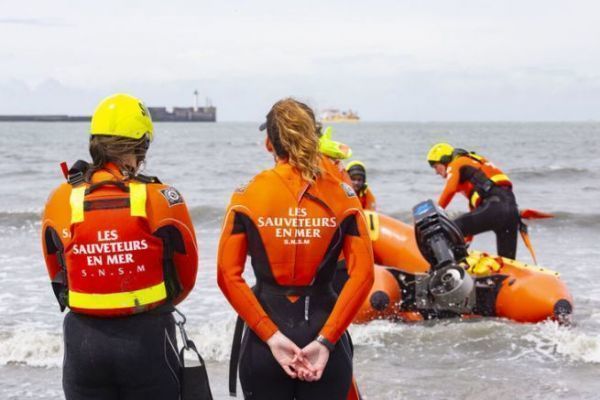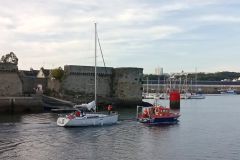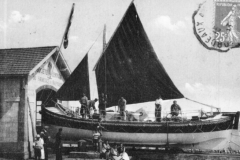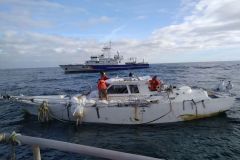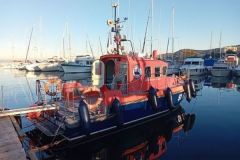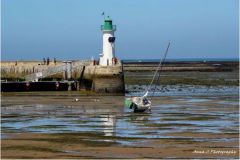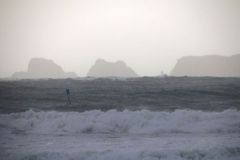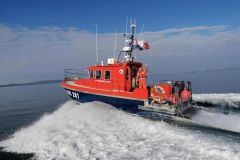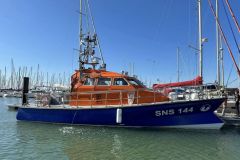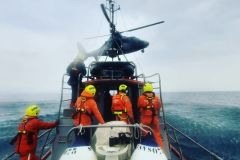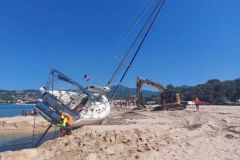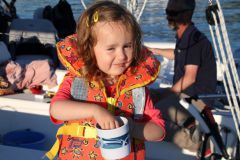Recruiting for the 2024 season
After an initial recruitment campaign for lifeguards for August 2023, SNSM is now anticipating its needs for 2024. The association is finding it hard to recruit, and some beaches were unsupervised in 2023. With the withdrawal of the CRS from beach surveillance, and in view of the major need for lifeguards for the Olympic Games, the SNSM fears a shortage of lifeguards on beaches next year. It is therefore launching a major national campaign in September 2023. Of the SNSM's 9,000 volunteers, around 1,500 rescue swimmers are trained each year.
Beach safety and seasonal events
In addition to the volunteer lifeguards on board, who ensure the safety of yachtsmen and yachtswomen in the open sea all year round, the association also trains lifeguards. These are employed in summer by local authorities to ensure the safety of beaches and summer visitors. In fact, the 300 m strip of coastline is the responsibility of the commune. In addition to this seasonal employment, lifeguards, who volunteer year-round at one of SNSM's 32 training and intervention centers (CFI), can be mobilized for sporting, cultural or nautical events. The CFIs ensure beach safety up to a distance of 300 m.
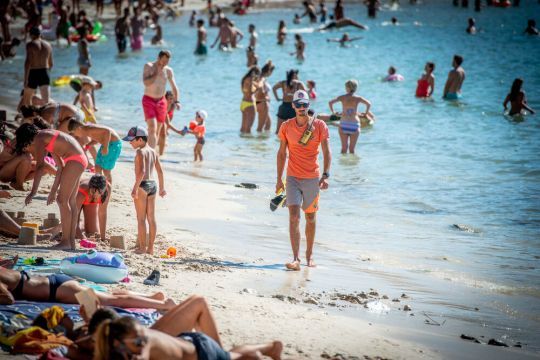
A 6-module training course to be followed in one of the 32 SNSM CFIs
To fulfill their mission, rescue swimmers receive around a year's training, provided by the SNSM. The cost varies according to the CFI's membership, and can be partly financed by the Region.
If the BNSSA - Brevet national de sécurité et de sauvetage aquatique - and the PSE1 - First aid team level 1 - are enough to get you out on the beach, the SNSM takes the training a step further, making it an extremely rewarding diploma. In addition to these two courses, we also offer :
- Visit PSE2 first aid team level 2
- Visit Coastal license
- Visit RRC certificat de Radiotéléphonie Restreint.
Former volunteer Manon Ramirez explains: "Lifeguards must be able to use a VHF and quickly express needs, have a boating license to use a jet-ski or RIB. If it's not essential, it's indispensable to the SNSM. That's why we offer a comprehensive training program. The PSE1 represents many hours of training, spread over a week, often during vacations and weekends. We train in the pool to swim quickly and technically. It's very engaging, but knowing the summer work, it's really comprehensive and important to do it beforehand."
To validate their training, trainees take the SSA Littoral course, which includes piloting. This final course, Surveillance et Sauvetage Aquatique sur le Littoral, validates the entire training program. It leads to a skills certificate recognized by the Sécurité Civile. The course lasts between 3 and 5 days, and takes place on the beach to put into practice what has been learned over the year: beach rescue, use of equipment such as the rescue tube, multi-person rescue techniques, use of a paddle...
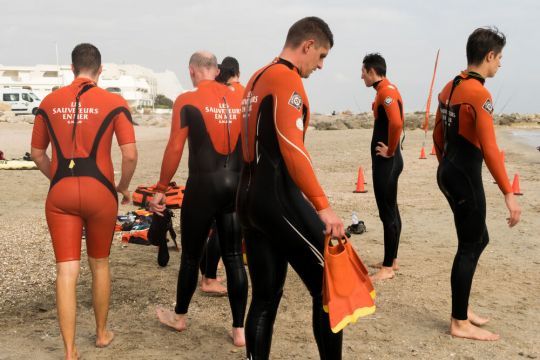
Regular updates
To maintain their know-how and skills, lifeguards are required to undergo "refresher training" for their PSE1, PSE2, SSA and BNSSA qualifications. The latter must also be retaken every 5 years. Rescue techniques evolve every year, as do the regulations governing the equipment used. These refresher courses are also an opportunity to share experience. It's up to the local authorities to decide how lifeguard stations are to be staffed, and from one year to the next, lifeguards may not find the same equipment.
Students who have reached the age of majority and are available on a seasonal basis
Most lifeguards are young people, but this is not a prerequisite. You simply need to be available on a seasonal basis, which is often the case for students. It's also a well-paid summer job. Although training starts at age 16, you must be at least 18 to become a lifeguard. So it's a good idea to start training at 17, to avoid the frustration of not being able to hit the beaches for the season. Generally speaking, young volunteers remain in the profession until they are around 24 years of age, when they stop working for the season. Those who stop can nevertheless continue at a lifeguard station.
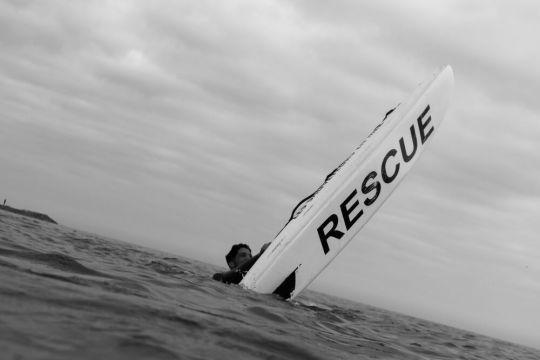
Know how to swim and be comfortable in the water
Nor is there a typical profile for joining. Men and women are welcome, provided they can swim and are comfortable in the water. Manon tells us: "A lot of the youngsters don't come from an aquatic background and have totally blossomed, especially in learning lifesaving techniques."
Although it can happen that you don't pass all the levels, it's very rare given the amount of training involved. The hardest training remains the BNSSA, as Marion explains: "There's a time limit to respect. You have to make two 15 m apneas in under 2.40 minutes on a particular course in the pool. You can retake it if you fail."
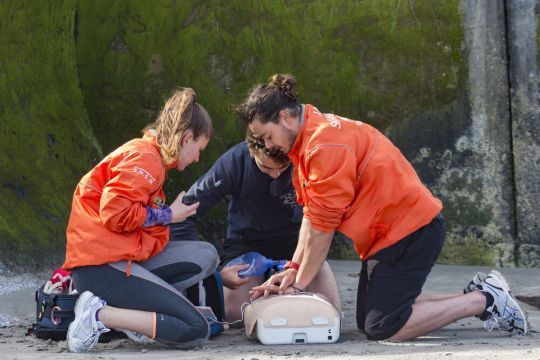
Creating a vocation in young people for their future
While lifeguard training does not offer a full-fledged career, it can be a springboard for many, as Marion concludes: "Many of us discover meaning in what we do. Thanks to rescue training, some of us go into the care professions, become firefighters, go into social work or the voluntary sector. It's so absorbing that it becomes a passion. It's a real commitment. It's a special kind of work. It has real meaning for young people."
